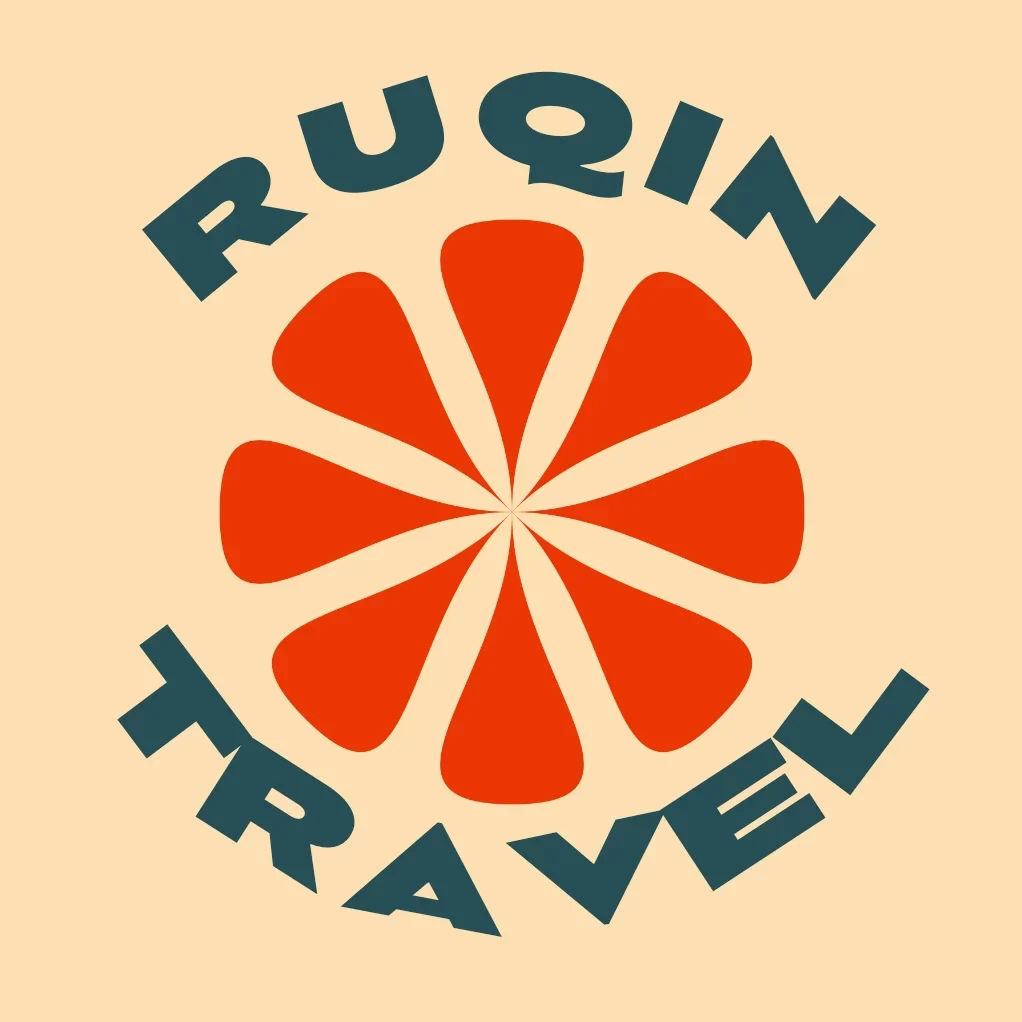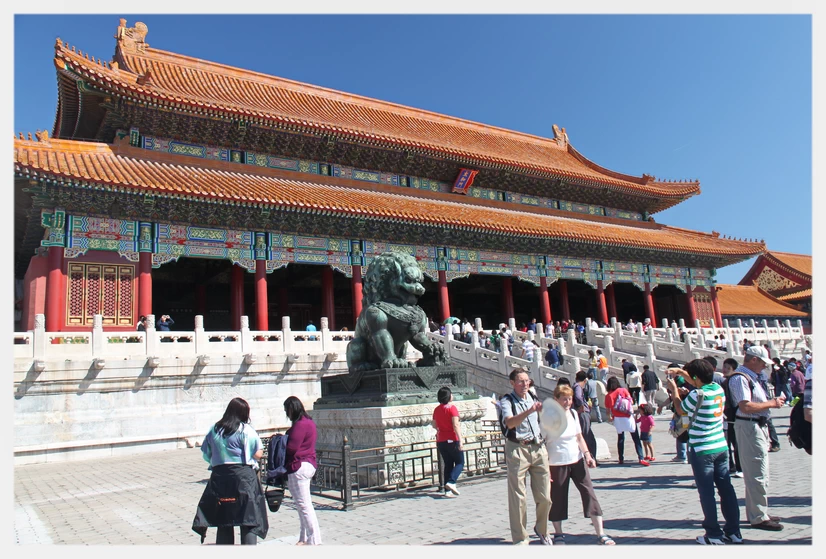The Forbidden City, also known as the Palace Museum, is an iconic imperial palace located in the heart of Beijing, China. Here’s a comprehensive travel guide for visiting the Forbidden City in Beijing:
1. ABC of the Forbidden City
Historical Significance: The Forbidden City served as the imperial palace for nearly five centuries, from the Ming Dynasty (1368-1644) to the end of the Qing Dynasty (1644-1912). It was the political and ceremonial center of Chinese governance, housing emperors and their households.
Architecture: The Forbidden City showcases traditional Chinese palace architecture and design. It covers an area of approximately 72 hectares (178 acres) and consists of over 980 buildings with a total floor space of about 150,000 square meters. The complex is famous for its grand halls, magnificent courtyards, intricate wooden structures, and decorative details.
Layout: The Forbidden City is divided into two main parts: the Outer Court and the Inner Court. The Outer Court served as the ceremonial center, while the Inner Court was the private residence of the emperor and his family. The complex is organized along a central axis, with important buildings and courtyards aligned along this axis.
Palaces and Halls: Within the Forbidden City, you’ll find several significant palaces and halls, including the Hall of Supreme Harmony (Taihe Dian), the Hall of Central Harmony (Zhonghe Dian), and the Hall of Preserving Harmony (Baohe Dian). These grand halls were used for important imperial ceremonies and state affairs.
Gardens and Courtyards: The Forbidden City features beautifully landscaped gardens and extensive courtyards. Notable areas include the Imperial Garden, the Hall of Literary Glory (Wenyuange), the Hall of Mental Cultivation (Yangxindian), and the Six Eastern and Western Palaces, which were residences for concubines and imperial princes.
Collections and Artifacts: The Palace Museum houses an immense collection of imperial treasures, artworks, and cultural artifacts. It includes valuable paintings, calligraphy, ceramics, furniture, and bronze ware dating back to different dynasties. Some of the most famous items are the jade and bronze collections, imperial robes, and rare books.
UNESCO World Heritage Site: The Forbidden City was listed as a UNESCO World Heritage Site in 1987 for its outstanding cultural and historical significance. It is recognized as the largest preserved wooden palace complex in the world and symbolizes Chinese architectural and cultural heritage.
2. Location
The Forbidden City is located at the center of Beijing, just north of Tiananmen Square. It is easily accessible from various parts of the city.
3. Best time to go
The Forbidden City is a popular tourist attraction, so it’s advisable to arrive early or book tickets in advance to avoid crowds.
Be prepared for crowds of tourist visiting this complex. Try to avoid visiting Forbidden City on weekends or Chinese public holidays.
We suggest visiting the Forbidden City either early in the morning or in the later afternoon ( not too late to be allowed to enter the museum ) to beat the crowds, enjoying the Forbidden City as it once is before the masses turn up and ruin your photo opportunities.
4. How to get to the Forbidden City
To get to the Forbidden City in Beijing, you have a few transportation options:
Subway: The most convenient way to reach the Forbidden City is by subway. Take Line 1 and get off at Tiananmen East or Tiananmen West station. Both stations are within walking distance of the Forbidden City’s entrance.
Bus: There are several bus routes that pass near the Forbidden City. You can check the local bus map or use a navigation app to find the most convenient bus route for your location. Look for buses that stop at Tiananmen Square or the Forbidden City.
Getting to Tiananmen East Station, take bus number:1, 120, 2, 52, 82, Night 1, Sightseeing Double-Decker Bus 1, and Sightseeing Double-Decker Bus 2.
Taxi or Ride-Hailing: Taxis are widely available in Beijing, and you can simply hail one and ask the driver to take you to the Forbidden City (故宫, gùgōng) or show them the address in Chinese characters. Alternatively, you can use ride-hailing apps such as Didi or Meituan to book a taxi or private car to take you directly to the entrance.
Bicycle: Beijing has a well-developed bicycle-sharing system, and you may find bike stations near the Forbidden City. Consider renting a bike and riding to the entrance if you prefer a more active mode of transportation.
Walking: If you are staying in the city center or nearby areas, you can also walk to the Forbidden City. It is located just north of Tiananmen Square, making it within walking distance from popular tourist areas like Wangfujing Street or the Tiananmen Square subway stations.
When using public transportation, it’s advisable to have the name of the Forbidden City written in Chinese characters or have a map with the location marked to help communicate with taxi drivers or ensure you are on the correct bus or subway route.
5. Entrance fees and opening hours
You can buy tickets online through the official website of the Palace Museum or through various travel agencies and ticketing platforms.
How to Book your ticket online?
To book tickets to the Palace Museum, you can take the following steps:
Visit official channels: You can make an appointment on the Palace Museum’s official website or through its official Wechat mini program.
Fill in the information: During the booking process, you need to fill in your name, ID number and other information, and select the date and time you want to visit;
Book 7 Days in advance: The Palace Museum does not offer same-day tickets, so it is recommended that you make a reservation at least 7 Days in advance;
Check ticket details: Find out the ticket price (watch Hall, Treasure Hall and exhibition reservation) and whether a reservation is required, please refer to the booking page.
Use a valid ID: You are required to bring the original valid ID used at the time of booking to check in on the day of the visit.
Refund Policy: If you need to cancel the ticket, it should be handled through the original booking channel before 24:00 on the day before the visit, otherwise it may be counted as the number of cancellations.
Note: Please note that unused tickets can be refunded before 24:00 on the day before the visit, but not after 20:00 on the day of the visit.
If you have any questions or special circumstances, you can contact the Palace Museum ticketing service at : 010-86489090, open from 08:00 to 20:00 (all year round).
| April 1st – October 31 ( 8:30 – 17:00 ) | Entrance ticket: 60 yuan/person |
| November 1st – March 31 (8:30 – 16:30) | Entrance Ticket: 40 yuan / person |
| Some exhibits within the complex | Treasure Gallery :10 yuan Clock and Watch Gallery:10 yuan |
Note:
Forbidden City is closed for the entire day every Monday ( except Chinese national public holidays).
6. Visitors’ one way travel Route
The Forbidden City is a large complex, and it’s helpful to have a plan to explore it efficiently. Start by entering through the Meridian Gate ( South Gate) and follow the central axis, which leads you to major halls and buildings.
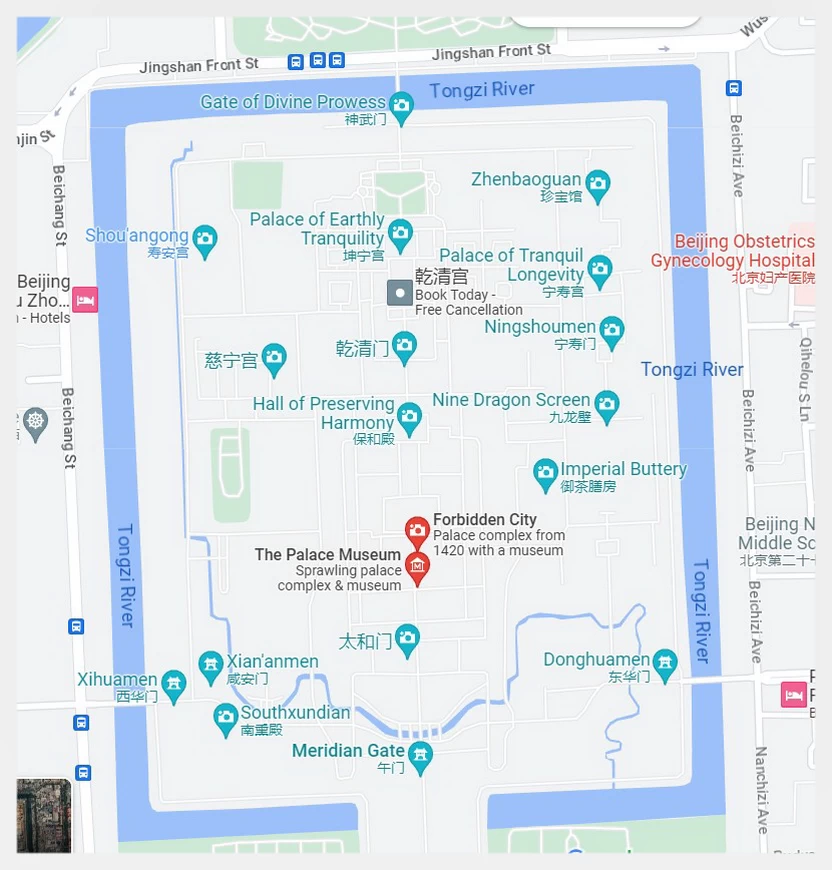
Along the way, you’ll see the Gate of Supreme Harmony, the Hall of Supreme Harmony, the Hall of Central Harmony, the Hall of Preserving Harmony, and more. Lastly you exit from the North Gate ( Gate of Divine Prowess). From the Gate of Divine Prowess (the North Gate ) you will see the Jingshan Park.
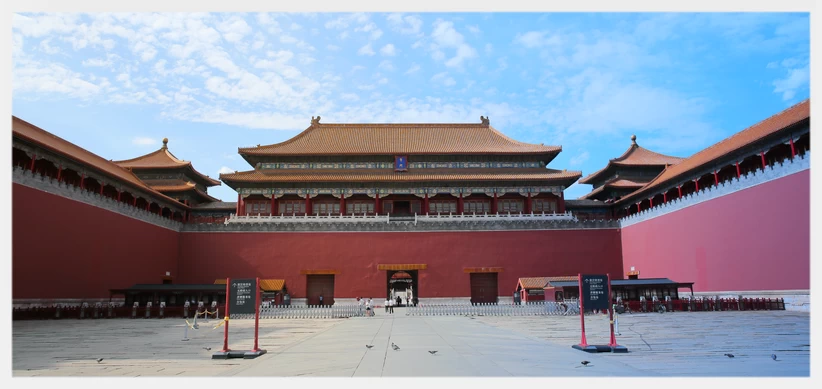
You are not allowed to go back to the south gate. This is the official south-north one way travel route. So after visiting the Forbidden City, you have to exit from the north gate.

7. Audio guides and guided tours
Consider renting an audio guide at the entrance to enhance your visit. The audio guides provide detailed explanations about the history and significance of the buildings and artifacts.
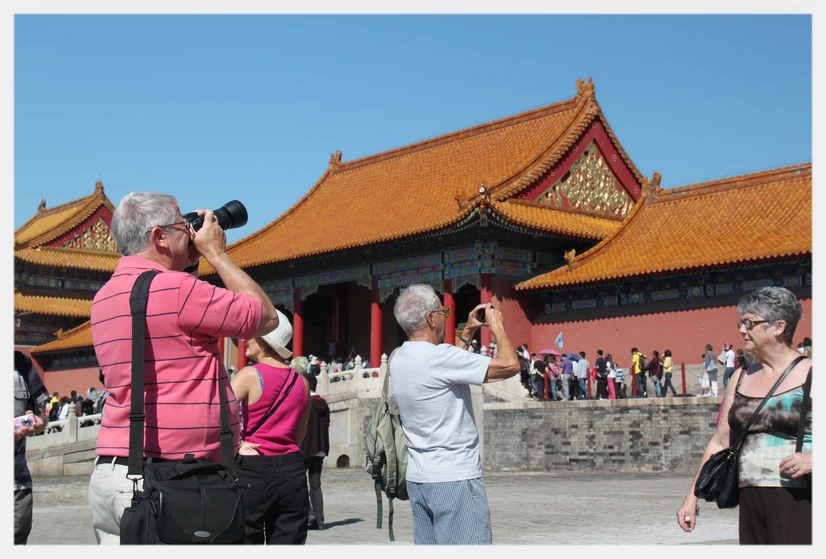
Alternatively, you can join a guided tour, either private or as part of a group, to have a knowledgeable guide lead you through the complex.
8. Food and Facilities
There are limited food options within the Forbidden City, so it’s a good idea to bring your own water and snacks. However, near the ticket office, there are small shops and restaurants where you can find refreshments.
Restrooms are available throughout the complex. The Forbidden City is wheelchair user-friendly.
9. Nearby Attractions
The Forbidden City is conveniently located near other famous landmarks in Beijing, such as Tiananmen Square, Jingshan Park, and Beihai Park. Consider exploring these nearby attractions after your visit to the Forbidden City.
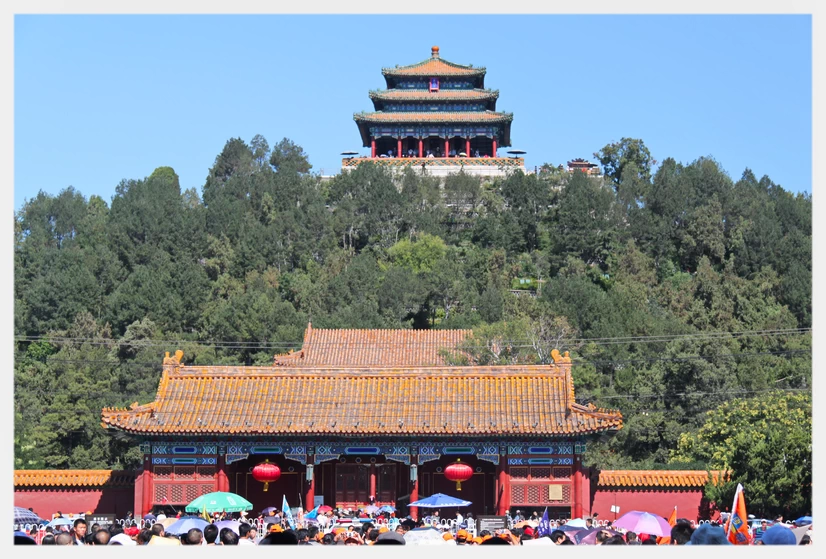
10. Respect and Photography
The Forbidden City is a cultural and historical treasure, so it’s important to respect the rules and regulations. Do not touch or climb on the structures, and avoid using flash photography inside the buildings to preserve the delicate artifacts and artworks.
Remember to check local regulations and abide by any security or entry requirements when visiting the Forbidden City. Enjoy exploring this historic and cultural gem in the heart of Beijing!
If you have any questions or queries, then please feel free to drop us a line.
